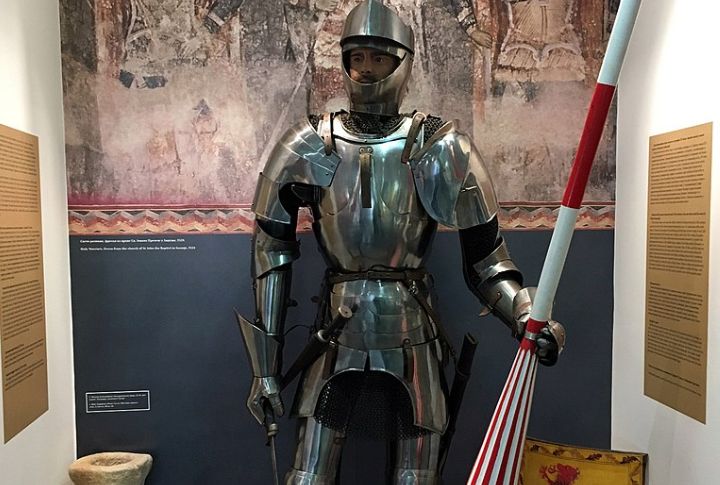
Knights weren’t the flawless warriors pop culture keeps selling us. Behind the armor were people with quirks and questionable habits. Some myths stuck so well they’ve outlived empires. Generations of stories twisted the facts beyond recognition. Let’s clear the fog of legend and reveal what history actually has to say.
Knights Were Chivalrous
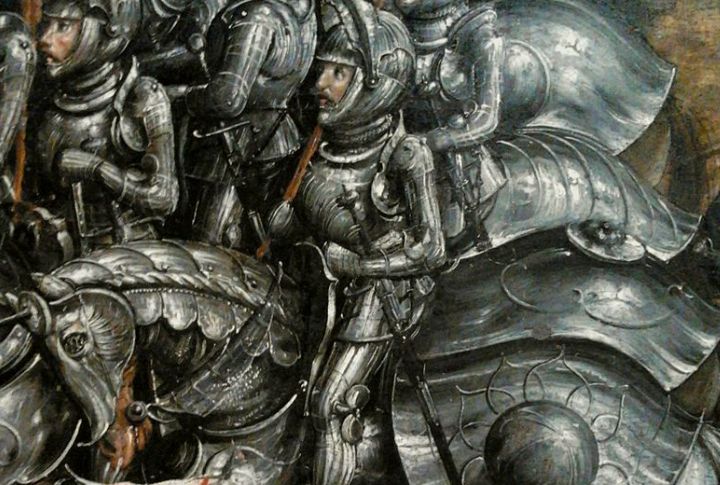
Chivalry existed but evolved over the centuries, taking on different meanings in different contexts. Many knights —more soldiers than saints —rarely lived up to their ideals. Their writings about virtue were largely aspirational. The image of honorable nobles comes not from reality but from later romanticized tales and literature.
Damsels In Distress
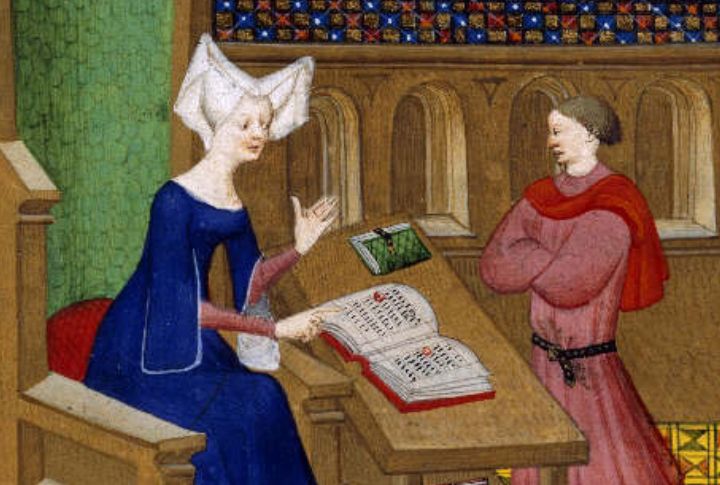
We’ve been sold a fairytale about knights rescuing fragile women, but medieval life wasn’t scripted that way. Noblewomen managed property and wielded influence while men were at war. Some even fought back during sieges. That myth of helplessness arrived centuries later through overblown romantic fiction and Victorian ideals.
Only Knights Fought
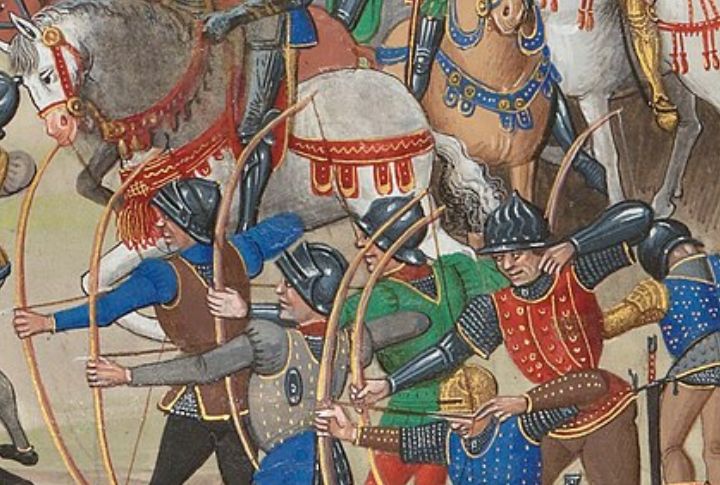
Knights were only one part of medieval armies, which also included archers and crossbowmen. Supported by squires and peasants, they rarely fought alone. In fact, occasionally, brave commoners were knighted for valor. Famous victories like the Battle of Crecy proved that disciplined infantry and longbowmen could triumph over mounted knights on the battlefield.
A Knight’s Armor Was Invincible
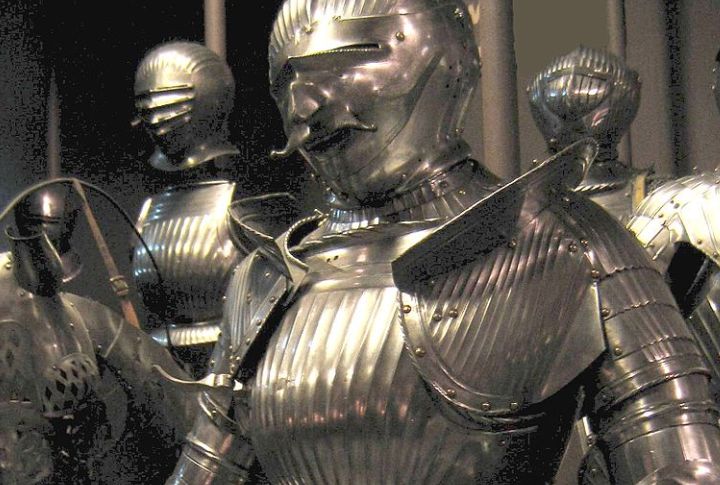
So you’ve seen those shiny suits and assumed knights were unstoppable? Reality was far messier. Crossbow bolts pierced through metal with brutal efficiency. Concentrated strikes from polearms also crushed the protection beneath. Even the best-armored warriors suffered serious injuries or death in combat despite their impressive steel suits.
Knights Were Landowners

Knights did own land, but let’s put this in perspective. Their fiefs came with military obligations attached; peasants, livestock, and local authority included. Managing multiple estates was common among them. Yet the Church’s landholdings completely overshadowed individual knights’ properties, which made it medieval Europe’s true real estate giant.
Medieval Armor Was Heavy
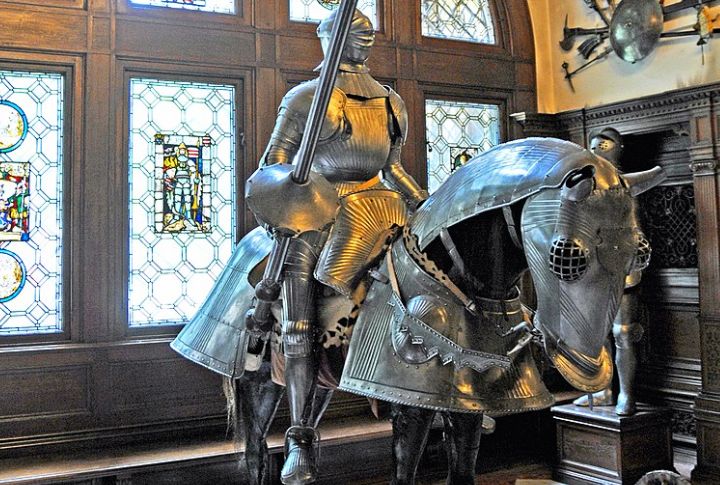
Contrary to myth, plate armor wasn’t excessively heavy. Weighing about 45–55 pounds, it was evenly distributed, thereby allowing knights to fight and mount horses effectively. Soldiers today often carry even more weight. Well-trained knights moved with agility and strength, as their armor did not restrict mobility or combat performance.
Knights Were Only European
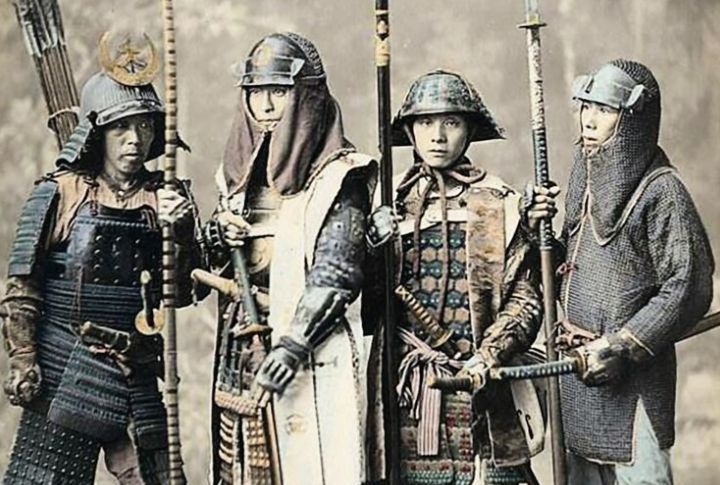
Though knighthood is rooted in European tradition, similar warrior classes thrived elsewhere. Japan had the samurai, and Islamic societies had the faris, both guided by comparable codes of honor. The Old English word “cniht” meant “servant” or “youth,” showing how the idea of knighthood transcended geography and culture.
Knighthood Was Hereditary
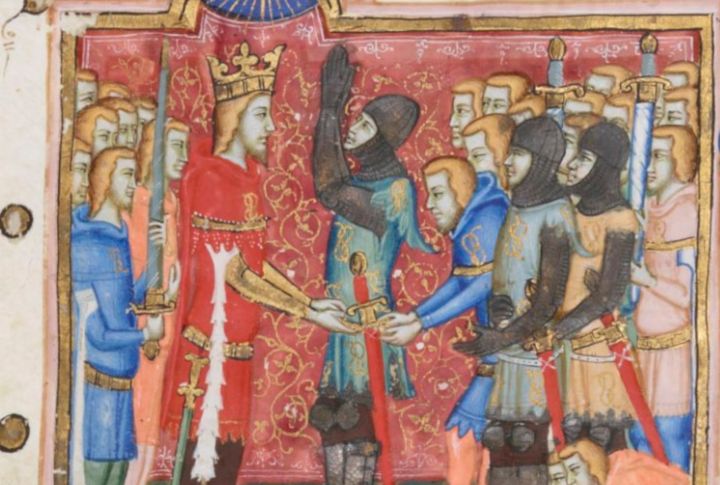
It’s easy to assume every knight came from noble blood, yet history tells another story. Many started as ordinary soldiers and earned their titles through grit and loyalty. Over time, money crept into the process, but even then, traditions stayed fluid—no single path defined a true knight.
All Knights Were Part Of Religious Orders
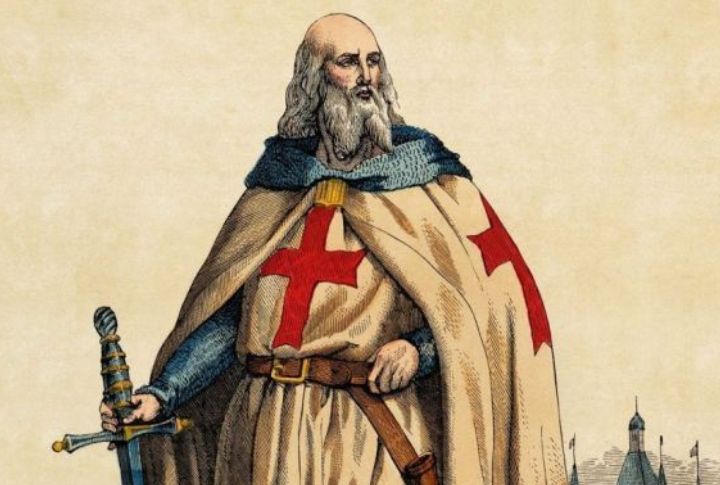
Only a minority of knights joined religious orders like the Templars or Hospitallers. Most were secular warriors serving local lords, bound by feudal oaths rather than monastic vows. Knighthood itself was a military rank, not a religious calling, which made the crusading monk-knight the rare exception, not the rule.
Knights Spoke Using Stodgy, Formal Language
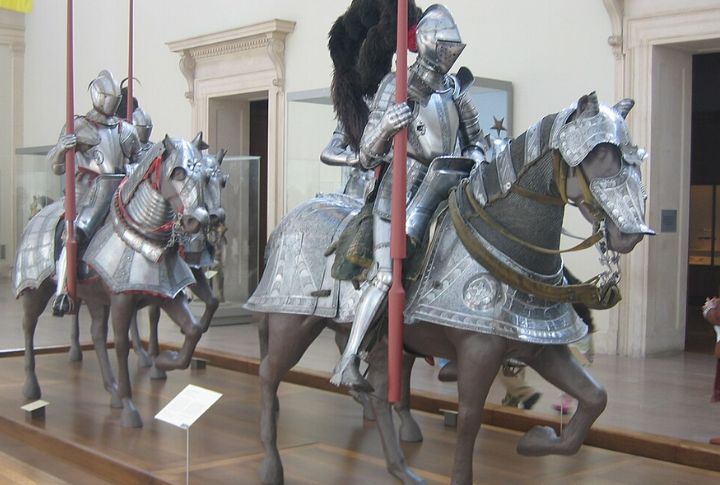
If knights really talked like fantasy characters, medieval dinners would’ve been unbearable. In reality, they spoke normally—whatever “normal” meant in 13th-century Europe. Some knew multiple languages, debated politics, or wrote songs for courtly love. Turns out, being polite didn’t mean speaking like a broken history podcast.

